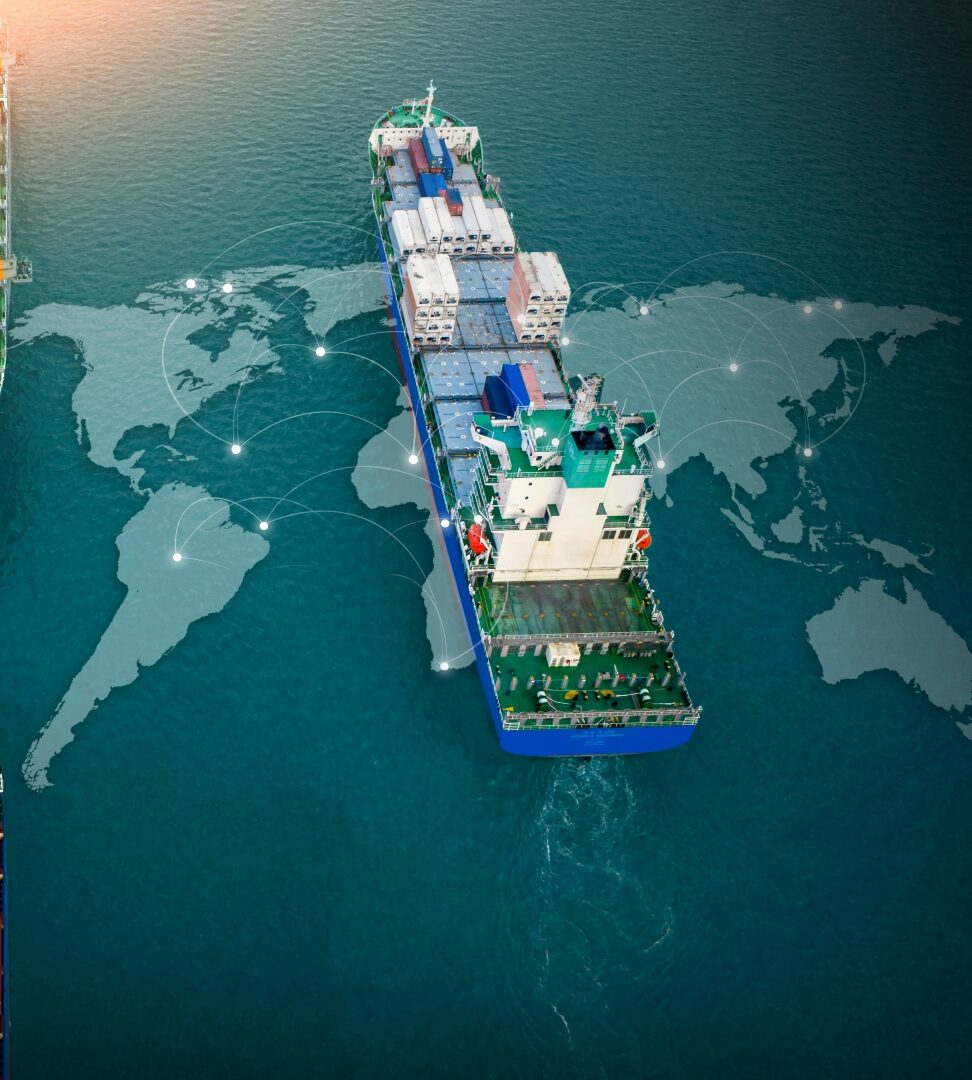For distributors, seamless flow of goods is paramount to success. Efficient shipping and logistics operations are the pillars of distribution where cost-effectiveness, efficiency, and punctuality are necessary to compete. In this article, we explore the strategies and tools that distributors employ to maintain effective distribution processes.
Data is everything
Making good decisions starts with having the right information. The more data you have, the better choices you can make. Gathering this data is how a business builds the base for a successful distribution plan. This is because It helps businesses find problems and identify effective strategies.
Having a clear view of the supply chain is crucial in order to make quick decisions and avoid disruptions. Real-time data collection is important for planning ahead and dealing with issues as they develop. This is especially true for distributors who specialise in procurement and delivery
Warehouse management serves as the bridging point between procurement and delivery. Inventory management is one such critical part of warehouse management. It costs resources to maintain and thus balancing inventory with ingoing and outgoing goods is crucial to optimise profits. Stockouts mean that customers are dissatisfied or the business is losing out on revenue. Overstocking means that there is an overabundance of goods that are not providing the corresponding value to the company. Warehouses themselves can be optimised. Smart warehouse design reduces the travelling time between important sequential points.
The final stretch of the shipping journey is known as last-mile delivery and is often the most challenging and costly part. Optimising routes serves as the obvious solution to minimising costs, but it is by no means simple. Some strategies are more costly but offer a greater return. Data assists in risk analysis and pinpointing areas where more resources would be beneficial.
Technology-enabled solutions
Massive amounts of data are difficult to obtain and even harder to work with, especially in real-time. Automated solutions lessen the influence of human error in processes and assists in informed decision making processes. Technology is almost integral to business function nowadays to some degree. It improves data collection and actionable processes whether by replacing human action or augmenting it.
There are many algorithms that can be used for route optimisation. For distributors, careful route planning is an important cost-saving process. Transport management systems (TMS) are software solutions that allow businesses to monitor and orchestrate the movement of goods. They are able to optimise routes and loads so that fuel is used efficiently and transit times are reduced.
Additionally, RFID tags can be used to track goods in real-time and that information can be used by software systems to predict delays and navigate disruptions efficiently. Fully-equipped RFID supply chains enable overview of the movement of goods across the entire supply chain, expanding the scope in which data can be collected.
Inventory management systems are also software solutions that enable management of inventory using data-driven solutions much like TMS to provide real-time visibility of stock and offer predictive demand forecasting and optimal reorder points.
Many of these analytical and decision-making processes can be automated as well. Computational methods have the advantage of speed and precision. This is because they can make use of large amounts of data while simultaneously collecting it, incomparable to what humans are capable of in terms of how far ahead it is in this regard. Even physical warehouse processes can be automated to reduce the impact of human error and eliminate reaction times. Where humans are of separate minds and can only react to the environment, automated machines “know” the outcome of their machine coworkers and can work smoothly, knowing that their predictions about fellow machine behaviour is reliable. Even so, humans are quite versatile and subject to critical thinking. Still, technology can be used to augment their abilities.
Logistical collaboration
The key to competing in a niche is to have allies. Not everything has to be in-house especially as it requires the expertise to develop and implement as well as the necessary personnel to enact. Oftentimes, distributors will work with other businesses such as carriers and third-party logistics providers. Proper communication with collaborators are essential to ensuring such partnerships are fruitful.
Local couriers can prove useful in last-mile deliveries and so can crowd-sourced delivery models, but picking the right partners is the source of shipping optimisation. Sometimes it is more cost-effective to not involve partners in a particular situation, but it is necessary to weigh the pros and the cons. Oftentimes sharing of data is necessary for optimal benefit from such collaborations.
While exploring ways to optimise shipping costs in the distribution world, it’s worth noting that innovative B2B ordering apps can play a significant role. These apps, designed for distributors and wholesalers, facilitate quicker order capturing and processing, especially when on the go or at trade shows. Solutions like the Onsight B2B ordering app exemplify how technology can streamline operations, enhance efficiency, and contribute to the overall improvement of the distribution process. By incorporating such tools alongside the strategies we explore, distributors can navigate the complexities of shipping logistics with even greater precision. Sign up for a free trial here.











